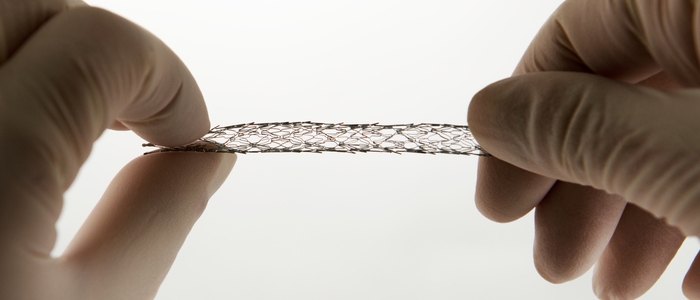News
3D printing bone tissue
Jun 28 2022
Melbourne researchers have developed a new coating for metal stents, which could lead to better treatment of heart disease.

The ARC Centre of Excellence for Electromaterials Science team at Deakin University have cracked a corrosion problem that’s been eating at them for years, by literally turning up the heat.
At the heart of the matter is the susceptibility of magnesium alloys to degradation.
These materials have excellent mechanical properties, good biocompatibility and are biodegradable – great attributes for stent materials.
Lead researcher Yafei Zhang said a drawback of the alloys, however, is their inherent fast corrosion rate, which can lead to damage to surrounding tissues and premature stent failure.
“Implanting stents into the diseased vessel is an effective treatment for heart disease,” Yafei said.
“Mg-based biodegradable stents are preferable to the current permanent stents.
“However, the poor corrosion performance of Mg alloys in the body limits their wide application in practice.”
The group have poured their hearts into developing a stent material based on a magnesium alloy by juggling the treatment temperature of a new surface coating for the alloy comprising a low-toxicity ionic liquid (IL, a salt in the liquid state).
“In this project, we tried to develop a corrosion protective surface coating system, based on low toxic phosphate-based ionic liquid, to improve the corrosion performance and biocompatibility in the body,” she said.
“ILs are ‘designable’ materials in the sense that combinations of desired properties can be achieved by altering the chemical structure of the cation and anion pair.”
The team showed that increasing the treatment temperature of the ionic liquid produced a thicker, more uniform protective coating, resulting in slower, more even corrosion and better biocompatibility.
Further work will focus on confirmation of the biocompatibility of the coating on the alloy.
The study was published in ACS Applied Materials & Interfaces, 2014.
Funding for the work was provided by Boston Scientific and the ARC through the Centre of Excellence for Electromaterials Science (ACES) Linkage.













